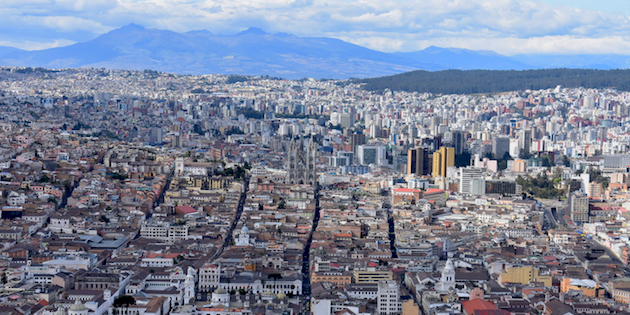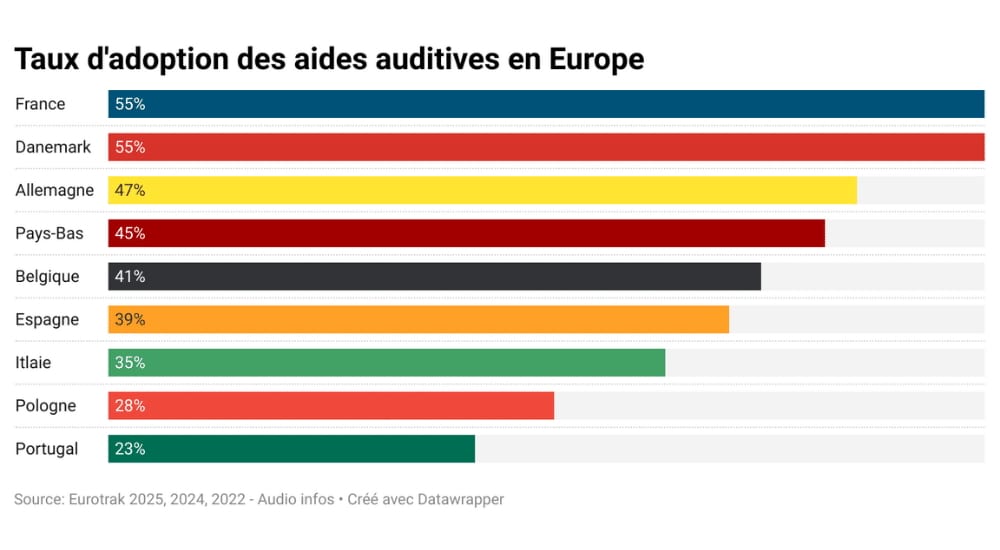Quito, the mapping of a noise inferno
noise
Noise levels in the Ecuadorian capital, Quito, have been mapped by students from the private Universidad de Las Américas (UDLA), revealing many areas with day and night levels way above limits recommended by the World Health Organisation (WHO).

The study, accompanied by a campaign to lower noise in Quito, shows that 25% of the capital city's citizens are exposed to traffic noise over the WHO recommended safe limit of 65 decibels. At night, 38% of Quito's inhabitants suffer noise above the 55 dB recommendation. The measuring equipment clocked data from vehicle engines, speed, and tyre and road interaction, among other sources.
The 15-member team from the UDLA's Sound and Acoustical Engineering Faculty, has spent the last two years constructing a detailed noise map of Quito. It shows that higher-than-recommended daytime levels (based on guidelines used in Colombia, not even as strict as WHO recommendations) are suffered by 44% of education centres and 35% of hospitals and residential areas. Quito's historic old centre is one of the noisiest areas, levels climbing to 80 dB.
In their campaign to lower this city noise and create awareness of its dangers, the academics point not only to hearing loss and tinnitus as outcomes, but also the psychological effects of sleeplessness and irritability caused by noise. Options for reducing traffic noise include rerouting traffic away from sensitive areas and lowering speed limits in such neighbourhoods.
Source: El Telégrafo/UDLA


